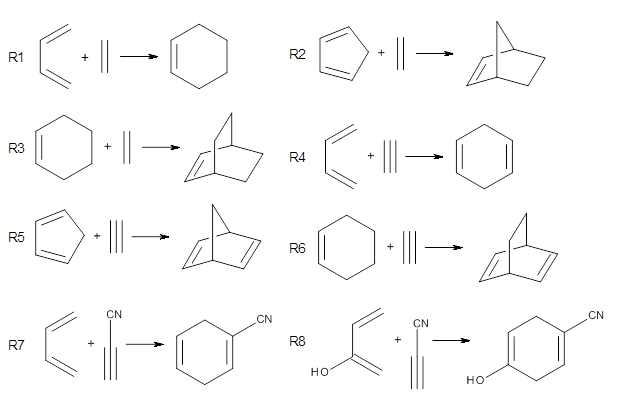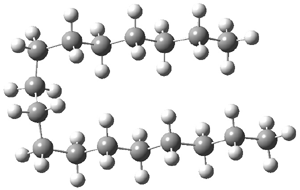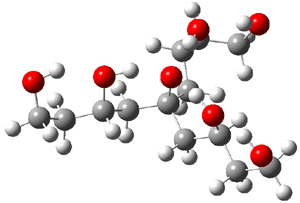Fredrick R. Manby, Martina Stella, Jason D. Goodpaster and Thomas F. Miller III
JCTC, 2012, 8, 2564-2568
Embedding methods have become a useful tool to perform molecular electronic structure calculations on large systems at relatively modest computational cost, and (hopefully) acceptable accuracy, compared to full blown calculations on the entire system. These methods rely on the short-range nature of chemical interactions between molecular fragments, which allows (most) systems to be subdivided.
Manby and co-workers have developed embedding schemes that enforce Pauli exclusion by a projection technique to ensure orthogonality of the orbitals of the interacting subsystems. The authors use the fact that Kohn-Sham density functional theory (KS-DFT) provides a framework to perform exact calculations on a subsystem embedded in its full QM environment. This is achieved by partitioning the total density into subsystem densities. If the subsystem densities are constructed with non orthogonal orbitals, a non-additive term arises in the kinetic energy. However, if the orbitals are orthogonal, this term vanishes. Methods to enforce orthogonality have been employed previously. Manby et al exploit one of these methods to formulate a formally exact DFT embedding scheme. To this end they employ a level shifting operator to keep the orbitals of a subsystem orthogonal to those of other subsystems. They show that increasing the value of the level shifting parameter reduces the error in energy up to a point (numerical instabilities arise at very large values). The interesting innovation comes in the use of perturbation theory to eliminate the dependence on the level shifting parameter.
The authors present applications with different embedding schemes combining DFT and wave-function methods. The first example consists of embedding the hydroxyl moiety of ethanol in the environment of the ethyl backbone. DFT-in-DFT embedding calculations at the PBE/6-31G* level with the level-shift and perturbation correction agree with the full DFT calculation to 7 pEH. The second example consists of the deprotonation reaction of ethanol in gas-phase. The PBE result on the full system is 10 mEH lower than the CCSD(T) reference. This can be compared with CCSD(T)-in-PBE embedding results which are as close as 1.5 mEH. Similar trends are observed for the activation barrier for the SN2 reaction of chloride with propyl chloride and water trimer.
As the authors note, this method is "limited to applications for which the electronic structure can be reasonably described using KS theory". However, it provides a simple and straightforward method to perform embedding calculations and can be easily implemented in most electronic structure programs.






